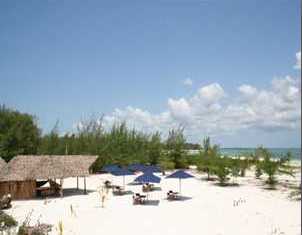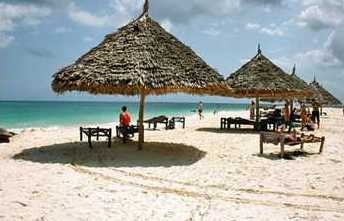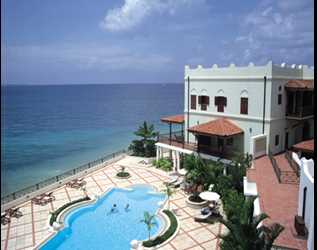
Blue Bay Beach Resort & Spa
DAY 1: EAST COAST – BLUE BAY BEACH RESORT & SPAFly to Zanzibar. Upon arrival at the Zanzibar airport... Read more
Konokono Beach Villas
DAY 1: STONE TOWN – KONO KONO BEACH VILLASFly to Zanzibar. Upon arrival at the Zanzibar airport, you... Read more
Ras Nugwi Beach Hotel
DAY 1: NORTH COAST – RAS NUGWI BEACH HOTEL Fly to Zanzibar. Upon arrival at the Zanzibar airport,... Read more
Breezes Beach Club & Spa
DAY 1: EAST COAST – BREEZES BEACH CLUB & SPAFly to Zanzibar. Upon arrival at the Zanzibar airport,... Read more
Pongwe Beach Hotel
DAY 1: NORTH EAST COAST – PONGWE BEACH HOTEL Fly to Zanzibar. Upon arrival at the Zanzibar airport,... Read more
Zanzibar Serena Beach Extension
DAY 1: STONE TOWN – ZANZIBAR SERENAFly to Zanzibar. Upon arrival at the Zanzibar airport, you will... Read moreNgorongoro conservation area
The Ngorongoro Conservation Area boasts the finest blend of landscapes, wildlife, people and archeological sites in Africa. Often called an ‘African Eden’ and the ‘eighth wonder of the natural world’, it is also a pioneering experiment in multiple land use.
The first view of the Ngorongoro Crater takes the breath away. Ngorongoro is a huge caldera 9collapsed volcano) which has over 20,000 large animals including some of Tanzania’s last remaining black rhino. No fences or boundaries border the crater walls; animals are free to enter or leave the crater, but many of them stay for the plentiful water grazing available on the crater floor throughout the year.
Size: 260 sq km (172 sq miles).
Location: Northern Tanzania, 300 km (190 miles) Northwest of Arusha.
Wildlife
A population of approximately 25,000 large animals, largely ungulates with reputedly the highest density of mammalian predators in Africa, lives in the crater. Large animals in the crater include the black rhinoceros the hippopotamus, which is very uncommon in the area. Other ungulates include: the wildebeest, the zebra, the eland, and Grant’s and Thompson gazelles.
The crater has the densest known population of lions. On the crater rim are leopards, elephants, mountain reedbuck and buffalo
In summer, enormous numbers of Serengeti migrants pass through the plains of the reserve, including 1.7 million wildebeest, 260,000 zebra, and 470,000 gazelles. Waterbuck can mainly be found near Lerai Forest,
Servals can be found widely in the crater and on the plains to the west. Common in the crater are lions, hartebeest, spotted hyenas and jackals. Cheetahs, although common in the reserve, are scarce in the crater itself.
Accessing Ngorongoro
The Ngorongoro Conservation Area is located between the Serengeti and Lake Manyara. By road, charter or scheduled flight from Arusha,, en route to the Serengeti and Lake Manyara.
Wild Heritage Site
The Ngorongoro Coservation Area (NCA) boasts the finest blend of landscapes, wildlife, people and archeological sites of Africa. The rich pasture and permanent water of the crater floor supports a large resident population of wildlife up to  25,000 – predominantly grazing animals.
Historical Site
Humans and their distant ancestors have been part of Ngorongoro landscape for millions of years. The earliest signs of mankind in the Conservation Area are at Laetoli, where hominid footprints are preserved in volcanic rock 3.6 million years old.
Olduvai Gorge
The story continues at Olduvai Gorge, a river canyon cut 100m deep through the volcanic soil of the Serengeti Plains. Buried in the layers are the remains of animals and hominids that lived and died around a shallow lake amid grassy plains and woodlands. These remains date from two million years ago. All our safaris gives you a chance to visit this historical site where you will learn this fascinating story. Guides will give you a fascinating on-site interpretation of the gorge.
Best time to visit
Dry season (July-October) for large mammals; wet season (November-June) for bird watching, the waterfalls and canoeing.

